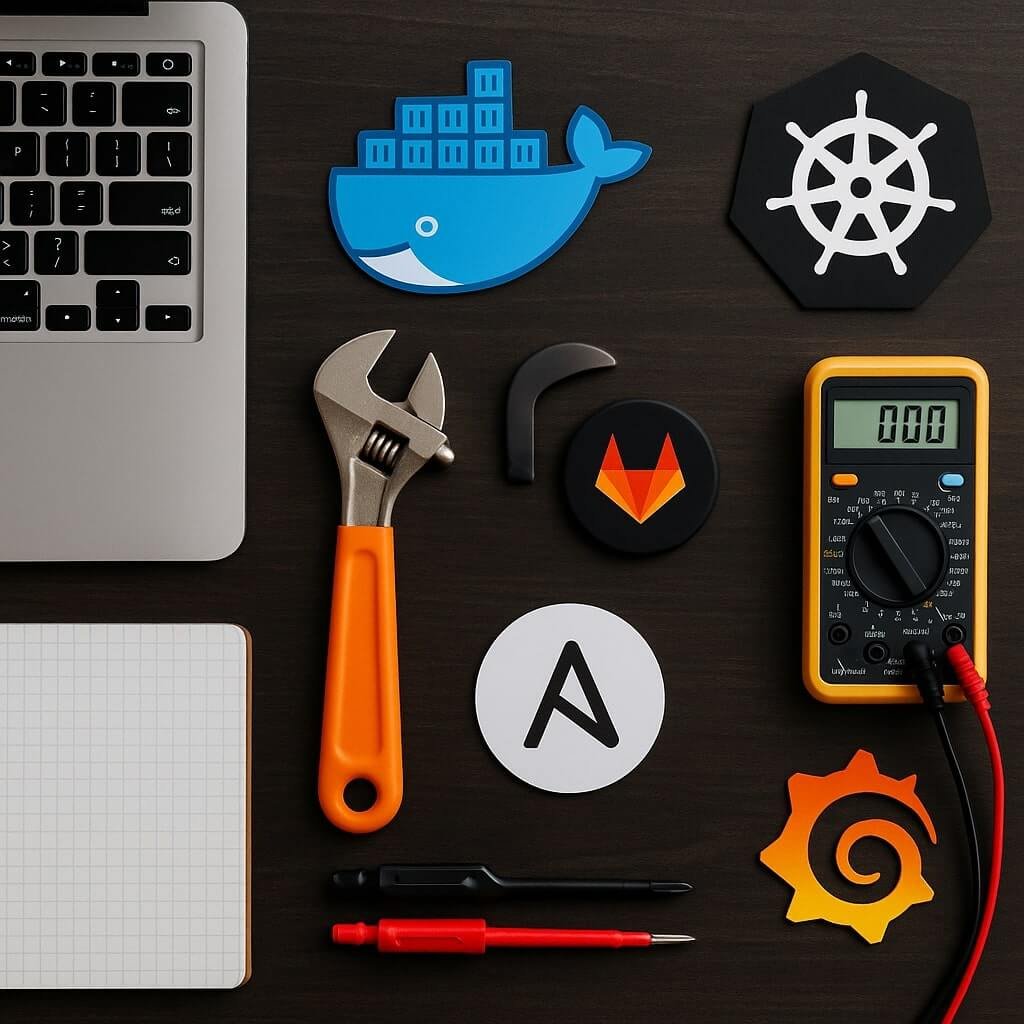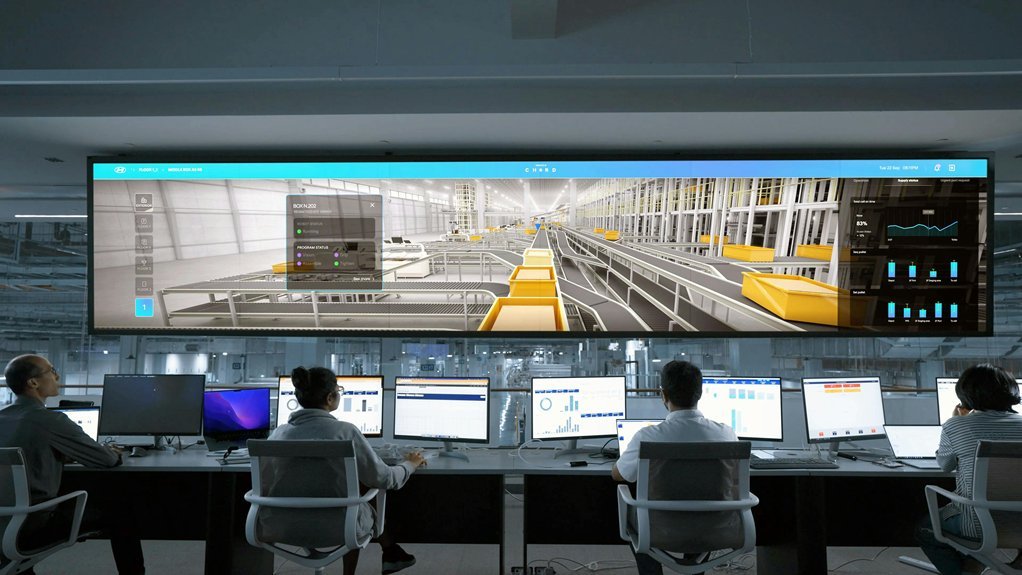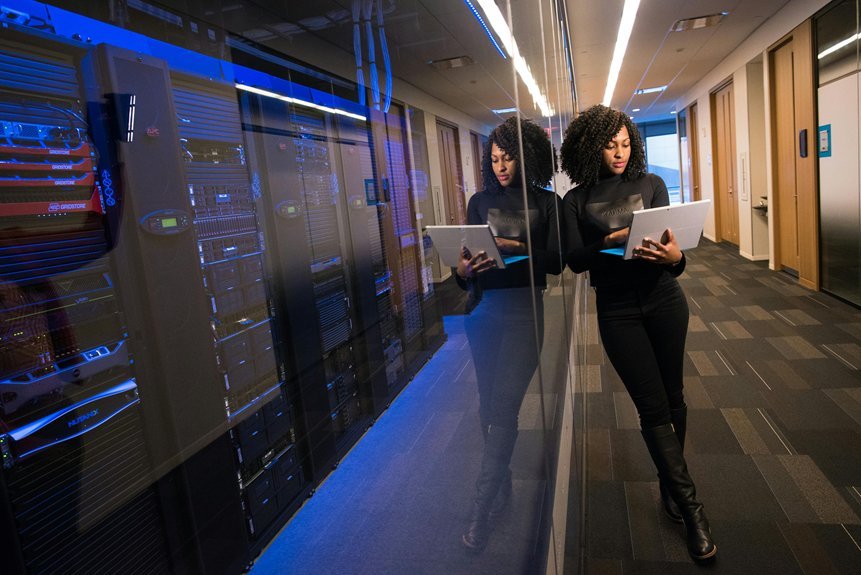In the fast-paced world of enterprise software development, choosing the right project management methodology is critical. Two dominant frameworks, Agile and Waterfall, have long stood on opposite ends of the spectrum. Each offers distinct advantages and drawbacks depending on the nature of the project, organisational culture, and end goals.
This article dives deep into the Agile vs Waterfall debate, analysing their strengths, weaknesses, and the scenarios where each methodology shines. By the end, you’ll have a clear understanding of which approach is best suited for your enterprise development needs.
What is the Waterfall Methodology?
The Waterfall model is a linear, sequential approach to software development. Each phase, requirements gathering, design, implementation, testing, deployment, and maintenance, flows into the next, like a waterfall.
Key Characteristics:
- Rigid structure with defined milestones
- Documentation-heavy
- Changes are discouraged once a phase is completed
- Ideal for well-defined, stable projects
Benefits of Waterfall:
- Clear project scope from the beginning
- Easier budgeting and timeline forecasting
- Simple to manage for fixed-scope projects
Limitations:
- Inflexibility in responding to changing requirements
- Higher risk of costly rework
- Feedback from end users comes late in the process
What is the Agile Methodology?
Agile development is an iterative and incremental approach that promotes flexibility, collaboration, and customer feedback. Agile breaks the project into small, manageable units called sprints or iterations, usually lasting 1–4 weeks.
Key Characteristics:
- Emphasis on collaboration and adaptability
- Continuous feedback loop
- Working software is delivered frequently
- Stakeholder involvement throughout the process
Benefits of Agile:
- Faster time to market
- Greater customer satisfaction
- Flexibility to adapt to change
- Higher transparency and accountability
Limitations:
- Less predictability in scope, time, and budget
- Requires experienced, self-organised teams
- Can lead to scope creep without proper control
Agile vs Waterfall: Head-to-Head Comparison
| Feature | Agile | Waterfall |
|---|---|---|
| Approach | Iterative and incremental | Linear and sequential |
| Flexibility | High | Low |
| Documentation | Light, adaptive | Heavy, fixed |
| Customer Involvement | High, throughout the project | Reactive risks are often found late |
| Risk Management | Adaptive, issues identified early | Reactive, risks often found late |
| Project Size Suitability | Best for dynamic, complex projects | Best for small, well-defined projects |
Which One is Better for Enterprise Development?
Choose Agile When:
- Your project is complex and evolving.
- Stakeholders require regular input and feedback.
- Speed and time-to-market are priorities.
- You’re building software in uncertain or changing markets.
Choose Waterfall When:
- The project scope and requirements are clearly defined.
- Budget and timeline are fixed.
- Regulatory compliance or documentation is crucial.
- The team is less experienced with Agile practices.
Hybrid Approach (Agile-Waterfall):
Many large enterprises are now opting for a hybrid model—leveraging Agile principles within a Waterfall framework for balance. This approach maintains the structure of Waterfall while incorporating Agile’s flexibility where needed.
SEO Best Practices Embedded in This Article:
- Focus keywords:
Agile vs Waterfall,enterprise development,project management methodologies - Secondary keywords:
Agile benefits,Waterfall pros and cons,Agile vs Waterfall comparison,enterprise software development - Structured subheadings with keyword variations
- Schema-ready FAQ section
- Internal linking suggestions: Agile tools, DevOps practices, software development trends
FAQs: Agile vs Waterfall in Enterprise Development
1. What is the main difference between Agile and Waterfall?
Agile is an iterative, flexible approach that involves frequent feedback and collaboration. Waterfall is a linear, structured methodology with fixed phases and limited flexibility.
2. Is Agile always better than Waterfall?
Not necessarily. Agile is ideal for dynamic, complex projects, but Waterfall works well for projects with clear, unchanging requirements and strict compliance needs.
3. Can Agile and Waterfall be used together?
Yes. Many enterprises use a hybrid model to gain the benefits of both methodologies—structured planning from Waterfall and adaptability from Agile.
4. Which methodology is more cost-effective?
Agile may reduce costs over time through faster delivery and early problem detection, but Waterfall can be more predictable for budgeting in fixed-scope projects.
5. How do you decide which methodology to use?
Assess your project’s complexity, stakeholder involvement, budget constraints, and regulatory requirements. Agile suits evolving needs, while Waterfall fits static, rule-bound projects.
6. Is Agile more suitable for large enterprise teams?
Yes, but it requires proper Agile frameworks like Scrum or SAFe (Scaled Agile Framework) to scale effectively across multiple teams and departments.
Conclusion
Both Agile and Waterfall offer valuable frameworks for enterprise development, but choosing the right one hinges on your project’s requirements, team maturity, and business goals. Evaluate the trade-offs carefully, and don’t hesitate to adopt a hybrid model if your enterprise demands it.
For a winning development strategy, align your choice with what best supports collaboration, efficiency, and value delivery.






